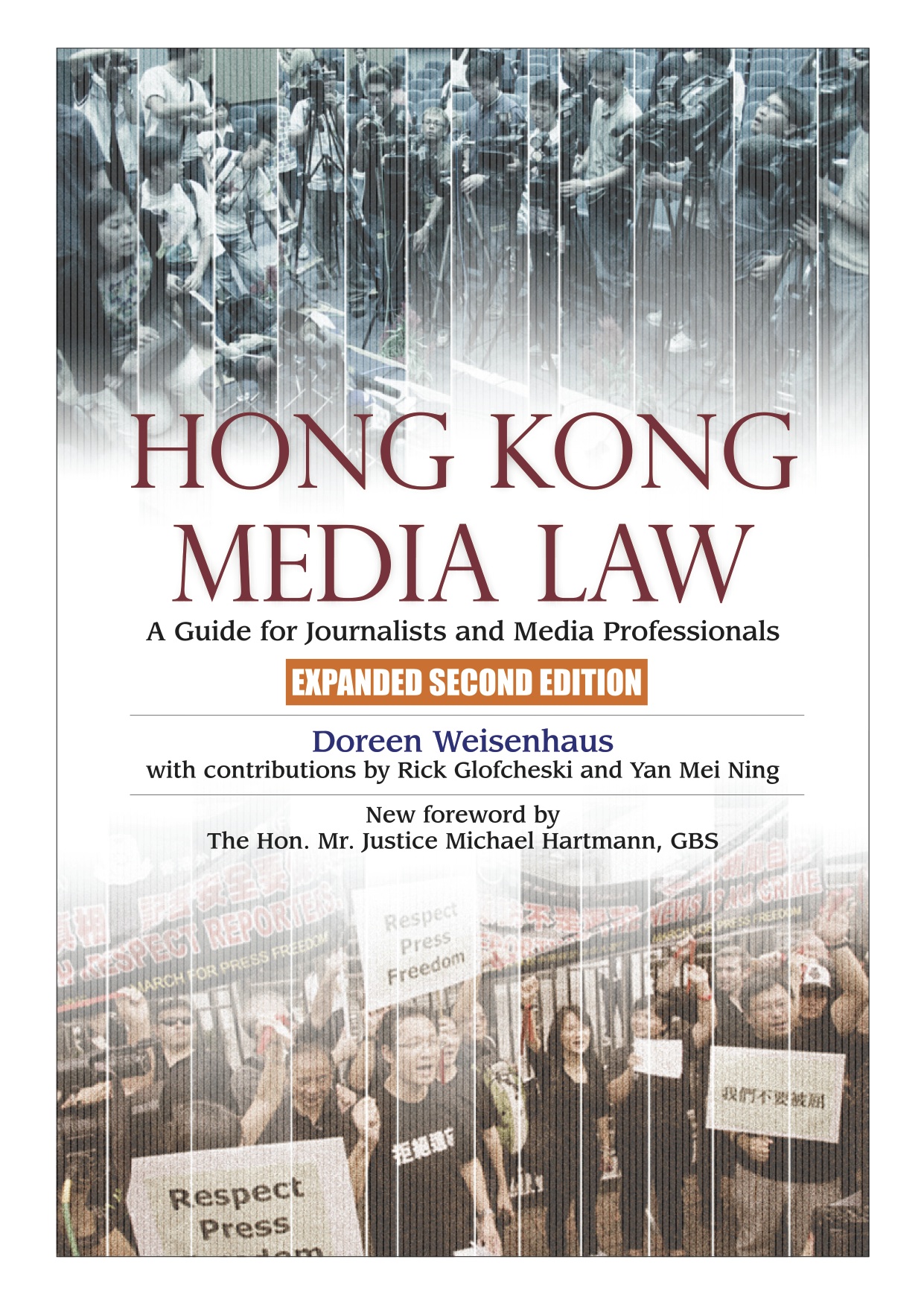Originally posted in the South China Morning Post as “Hong Kong courtrooms now permit tweeting, texting”, written by Austin Chiu.
Legal and media scholars have praised the judiciary’s decision to allow live text-based communication from court – paving the way for journalists and members of the public to tweet and send e-mail messages.
They hailed the move as a step towards open justice, and urged the government to go further and review its “bizarre” ban on sketching and photography in courts and even allow live broadcasting of court hearings.
The move reflects an international trend to allow text-based communication from courts.
More than three years after British courts made a similar move, Chief Justice Geoffrey Ma Tao-li, recently issued a practice direction on the use of information technology and live text-based communication in court.
“The reasonable use of text-based (as opposed to voice or image-based) communications in courtrooms, provided that this occurs without interfering with the proper administration of justice and without disturbing others in the courtroom is regarded as legitimate and permissible in promoting open justice,” it read.
But electronic devices used for communication, such as mobile phones or tablet computers, must be switched to “flight mode”, disconnecting them from 3G and 4G telecommunications networks, so they do not interfere with court recording systems.
Instead, WiFi networks will slowly be rolled out in courts, starting next month with the Wan Chai Law Courts Building, to enable the public to send e-mails and text messages, and to post to blogs and microblogs.
Professor Doreen Weisenhaus, a University of Hong Kong media law expert who approached the judiciary a year ago about the precedent from the UK, says: “It is gratifying to see that the Hong Kong judiciary is finally permitting live text-based communications in the courts.
“This first step toward modernisation will help journalists cover court cases in a more active and timely way that promotes public access.”
But Ma made it clear that judges would have the right to withdraw permission for messaging to ensure the proper administration of justice and to avoid improper interference with court proceedings.
For example, Ma said, permission could be withdrawn if there was a risk of improper communication between someone in a courtroom and a witness waiting to give evidence, or when witnesses or jurors felt pressured by someone sending messages.
Use of a “noisy keyboard” would also be banned.
Taking photographs or drawing in court remain banned, as are making audio and video recordings, or making or receiving phone calls.
Under the Summary Offences Ordinance, taking photos of or drawing a judge, juror, witness or any other party to court proceedings, is banned within the “precincts of the court building” – including the courtroom – and subject to a fine of HK$250.
Court artists must leave the area and draw from memory.
The ban on drawing and photography is “questionable” and “bizarre”, according to HKU legal scholar Professor Simon Young Ngai-man.
“You can do the drawing in another room so it’s not the fact of the picture itself that’s problematic,” Young says. “Then what is the problem? That the sound may be disturbing? How rational is that?”
He pointed out that the fact the rules were written in statute left the judiciary with no leeway to change them on its own.
He hopes the government will review the Summary Offences Ordinance and reform the law.
Britain, on which much of Hong Kong’s legal system is based, has slowly embraced modern technology in its courtrooms, though filming of most cases remains banned.
The country’s Supreme Court has streamed its proceedings live online since 2011, and last year began uploading video of its judges reading summaries of their judgments to YouTube.
“I hope the Judiciary will take the next step and follow other countries that allow live broadcasting from their courts,” Weisenhaus added.
